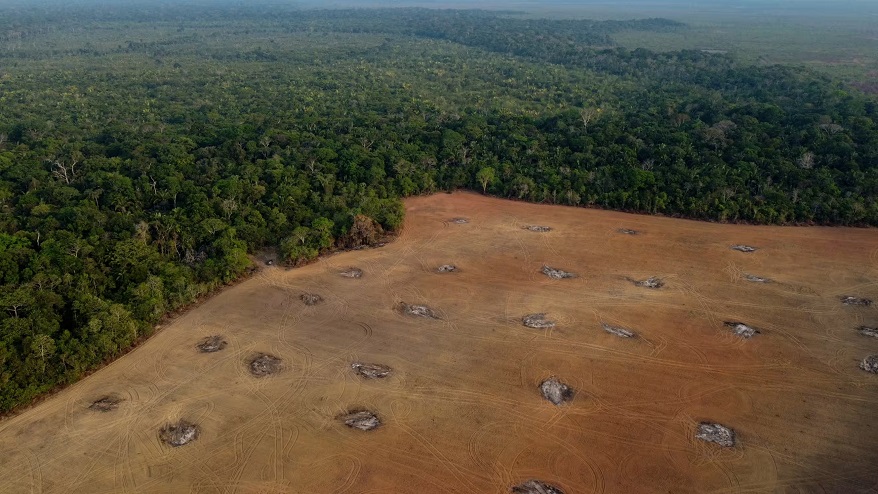A Mixed Environmental Legacy: Deforestation Trends in Brazil
The environmental landscape in Brazil presents a complex picture of progress and challenges as the country grapples with deforestation and its impact on vital ecosystems. The comparison between two presidents, Lula and Bolsonaro, sheds light on the shifting dynamics of environmental policy and conservation efforts in the Amazon and beyond.
Lula’s Deforestation Decline
Since Luiz Inácio Lula da Silva assumed office in 2023, Brazil has witnessed a significant reduction in deforestation rates in the Amazon region. The numbers speak volumes, with a notable decrease in the number of trees uprooted during Lula’s presidency. In 2023, approximately 5,000 square km of forest were cleared, marking a stark contrast to the preceding year under Jair Bolsonaro’s administration.
The shift in deforestation trends under Lula’s leadership signifies a departure from the pro-development stance of his predecessor, who had seen a concerning surge in tree felling activities, particularly driven by agricultural expansion. Lula’s commitment to conservation and sustainable practices has yielded tangible results, reflecting a more balanced approach to protecting the Amazon’s biodiversity and mitigating environmental degradation.
Historical Perspectives and Ongoing Challenges
While the recent decline in Amazon deforestation is a positive development, it is essential to contextualize these achievements within broader historical trends. Brazil’s deforestation practices date back decades, with rampant clearing of land for agricultural purposes contributing to widespread environmental degradation.
During the early 2000s, the scale of deforestation in Brazil reached alarming levels, prompting calls for urgent action to curb the destruction of critical ecosystems. Lula’s administration initiated measures to combat deforestation, setting the stage for a more conservation-oriented approach that continues to shape Brazil’s environmental policies today.
The Complexity of Conservation
Despite the progress in curbing deforestation in the Amazon, challenges persist in other regions of Brazil, notably the Cerrado savannah. The rapid expansion of agricultural activities, particularly for soybean production, has led to a surge in deforestation rates in the Cerrado, overshadowing the gains made in the Amazon.
The contrasting trends in deforestation underscore the multifaceted nature of conservation efforts and the need for comprehensive strategies that address ecological preservation across diverse ecosystems. As Brazil grapples with competing priorities of economic development and environmental sustainability, balancing conservation measures remains a delicate balancing act for policymakers and stakeholders.
Towards a Sustainable Future
Looking ahead, the ambitious goal of achieving “zero deforestation” in the Amazon by 2030 underscores the imperative of proactive environmental stewardship and long-term conservation planning. Lula’s renewed commitment to preserving the Amazon’s vital role in mitigating climate change highlights the importance of collective action in safeguarding our planet’s natural resources.
As Brazil navigates the intricate terrain of environmental conservation, the legacy of past leaders and the vision of current policymakers will shape the country’s environmental trajectory. By fostering cooperation, innovation, and awareness, Brazil can forge a sustainable path forward that harmonizes economic development with ecological resilience, ensuring a greener future for generations to come.













































